Mastering pencil shading techniques will only be achieved through practicing regularly. This is because different pencils create marks that are noticeably different from one another, which means that understanding which pencil does what is extremely important.

Basic Tips you need:
- Choose your pencils carefully.
- Create different types of shading.
- Get to know your values when shading.
- Practice helps to provide insight.
- Discover which shading techniques suit your style.
- Use a darker grade (B or 2B) of pencil for your shading. Lighter grades (H, 2H etc.) will not give enough depth to your darkest tones.
- Just start by shading the area you wish to be dark and slowly build up the tone. As you work towards the light, gradually ease the pressure on your pencil until you can no longer see the mark it makes.
- You then patiently repeat this process several times, building up a depth to the shading, adjusting any irregular areas and trying to keep the tonal changes as smooth as possible until you achieve the variation and intensity of tone that you desire.

New to using Pencil Shading? Here are 7 Pencil Shading using techniques you need to know.
Hatching :
Lines drawn in the same direction. By drawing lines closer together, darker values are created. Leaving more space between lines results in lighter values. For rounded objects, the lines may curve slightly around the form - following the contours of the object.

Cross-Hatching :
Lines cross over each other. The density at which the lines cross over each other determines the value that is produced.

Blending :
Smooth gradations of value are produced either by adjusting the amount of pressure applied to the medium or by using a blending tool, such a blending stump.

Stippling :
Applying countless small dots to build up darker values in a drawing. The density of the dots determines the value produced.

Rendering :
Using an eraser to remove the medium to produce lighter values. This technique is typically used in conjunction with blending.

Random lines :
Loose applications of crossing lines. The frequency in which the lines cross over each determines the value produced.

Zentangle and Mandala Shading:
Mandala is an Meditative Art and Zentangle is an easy-to-learn, relaxing, and fun way to create beautiful images by drawing structured contained patterns. Add shading and shadows to your work makes parts of the drawing recede into the background and causes other parts to stand out, like these pebble-like Zentangles and Mandala. If you add shadow beneath them they would look as they are resting on a flat surface.


Once you have mastered these basic forms, move on to irregular forms and simple still life objects. Look for the highlights, mid tones, core shadows, cast shadows, and reflected highlights. The more that you practice, the stronger you will become! If you want to know more about other media, refer these link:
Color Pencil Using Techniques for Beginners
Crayons Using Techniques for Beginners
Felt Tip Pens Using Techniques for Beginners
Markers Using Techniques for Beginners
Oil Pastel Using Techniques for Beginners
Glitter Pens Using Techniques for Beginners
Brush Pens Using Techniques for Beginners
Charcoal Pencil Using Techniques for Beginners
Oil Painting Using Techniques for Beginners
Acrylic Painting Using Techniques for Beginners
Gouache Using Techniques for Beginners
To explore our Coloring Books
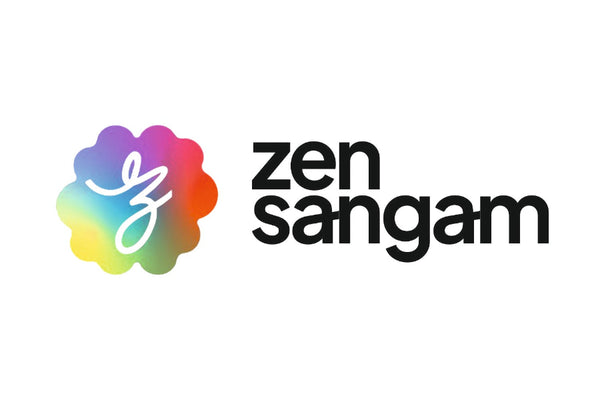
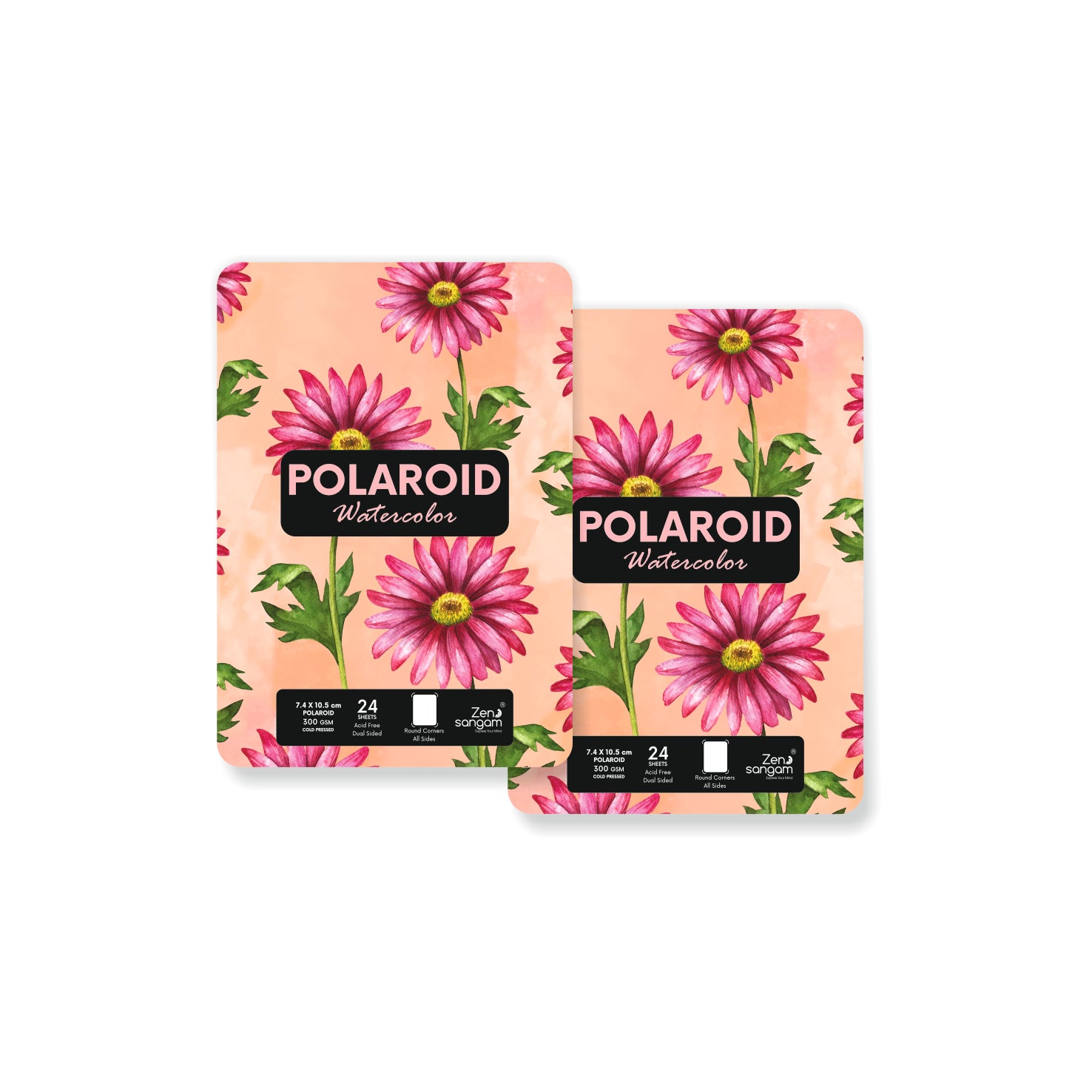
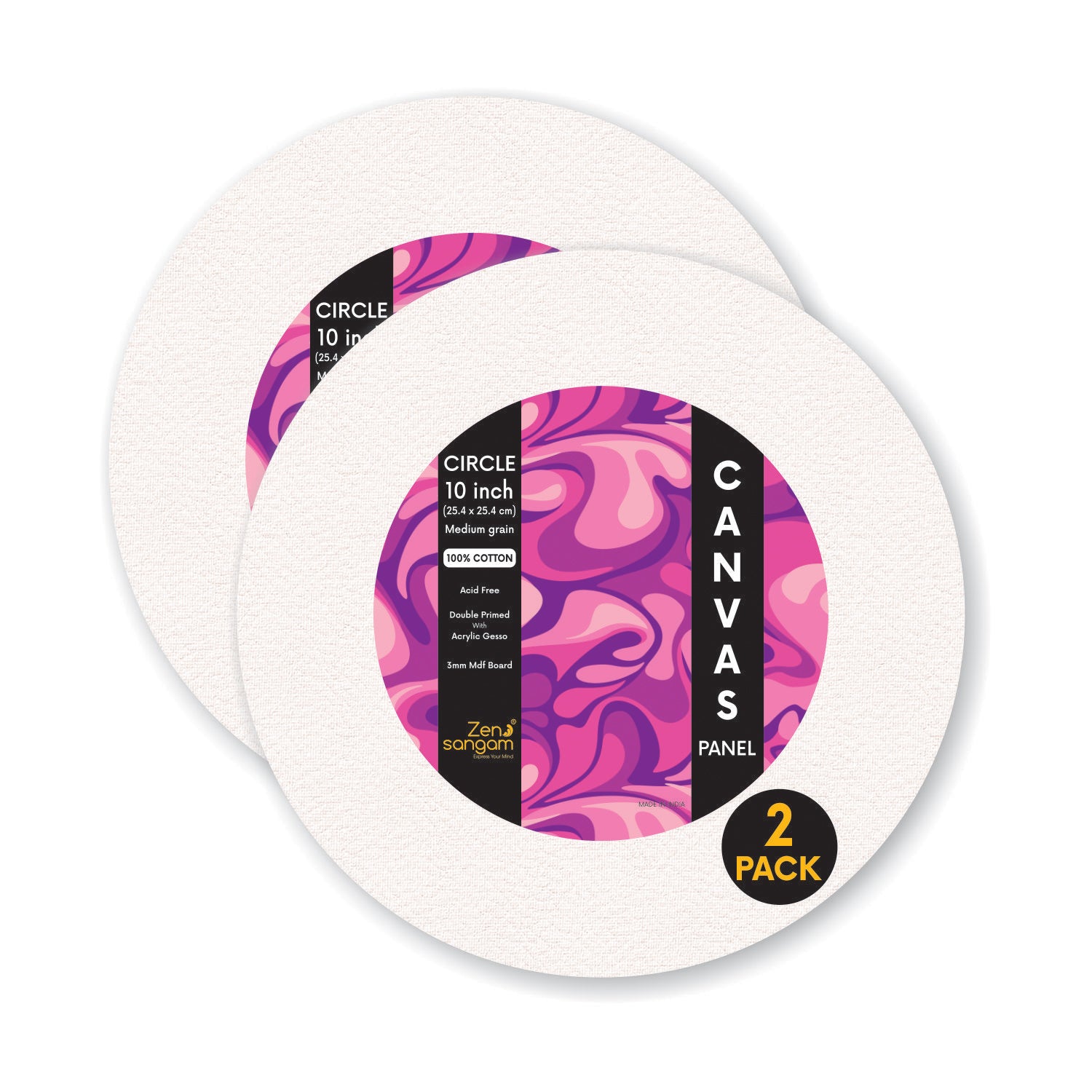
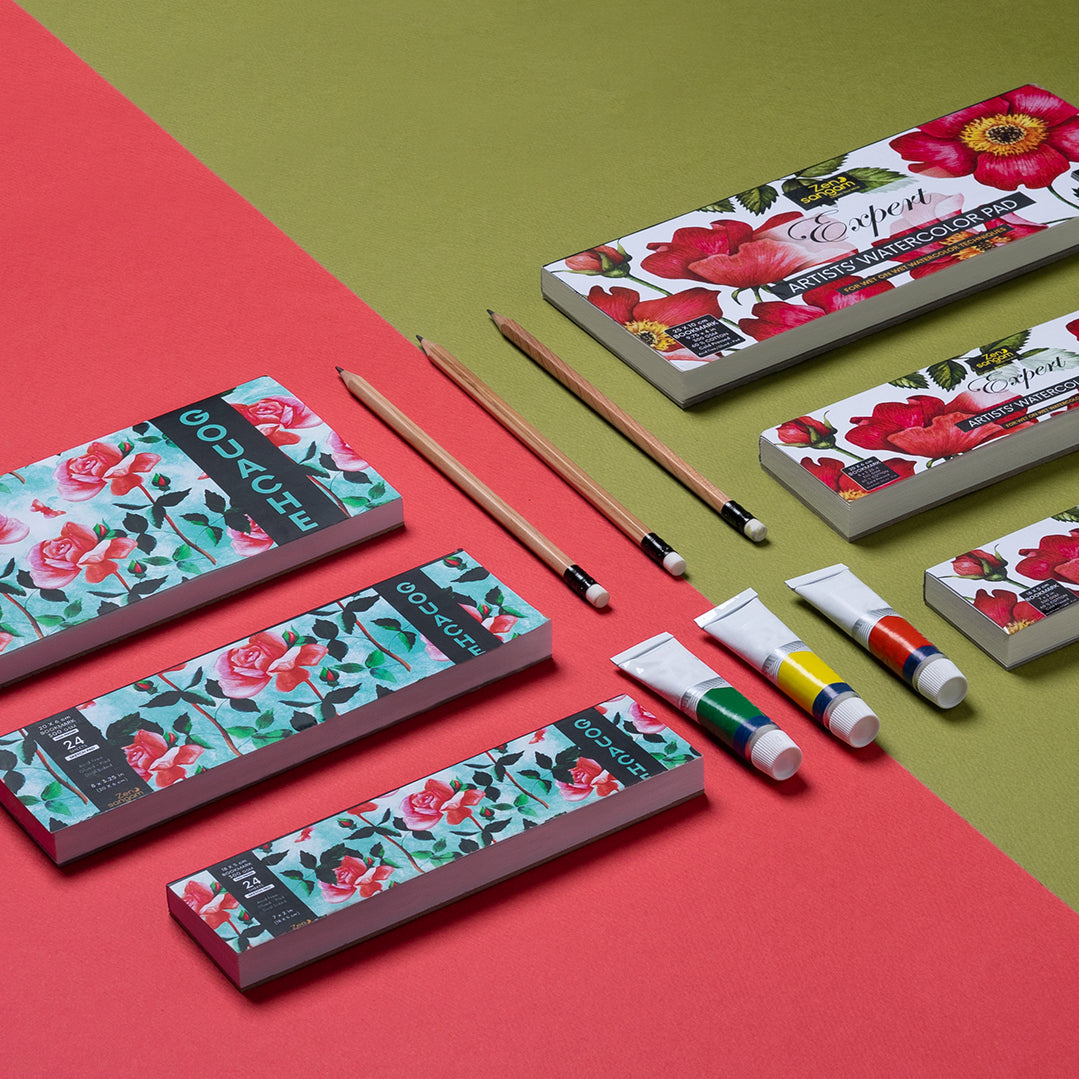
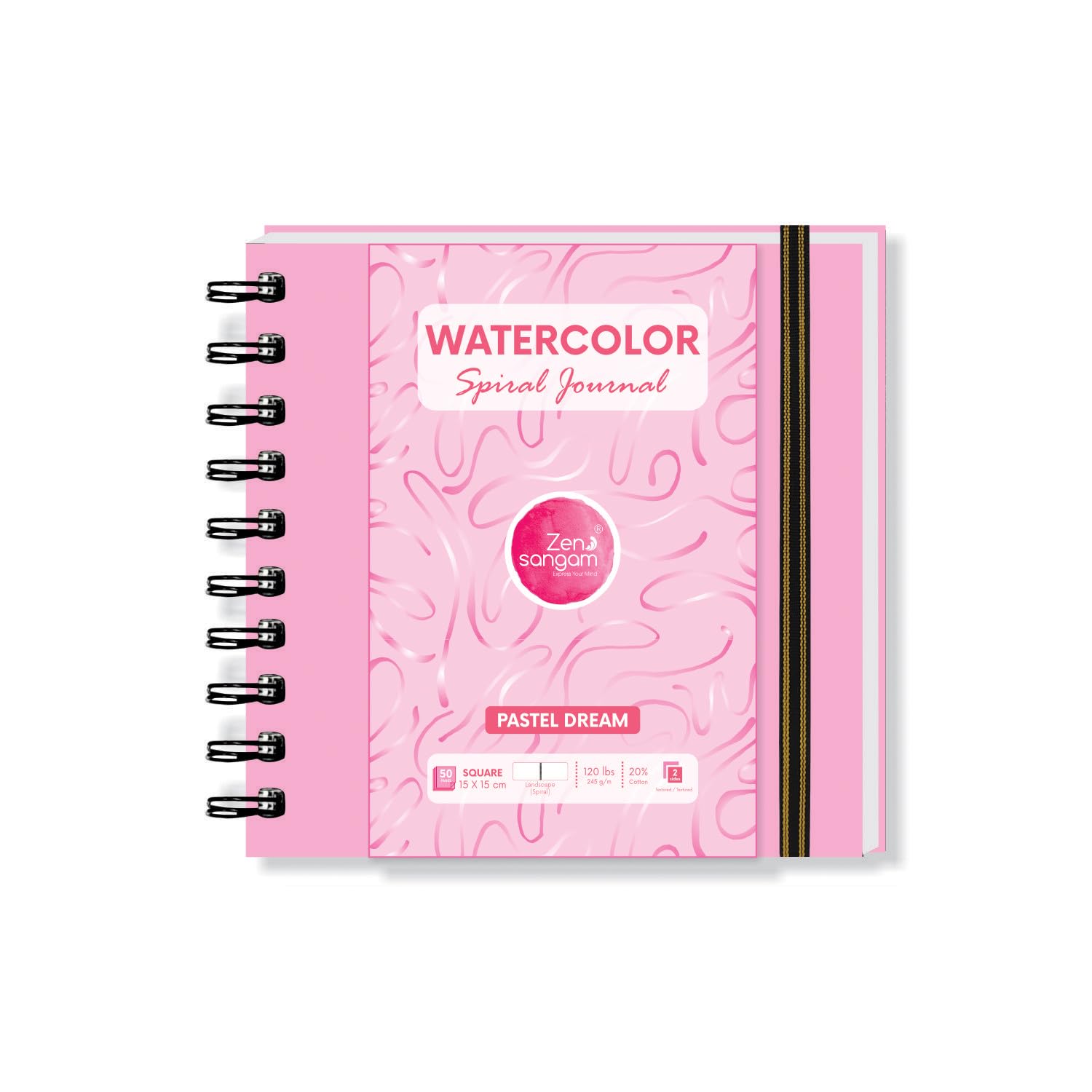

Comments
What is the function of the pencil shading technique in drawing?
Visit us Telkom University
How do you make shading using the one-way technique?
Visit us Telkom University
What tools are used for pencil shading techniques?
Visit us Telkom University